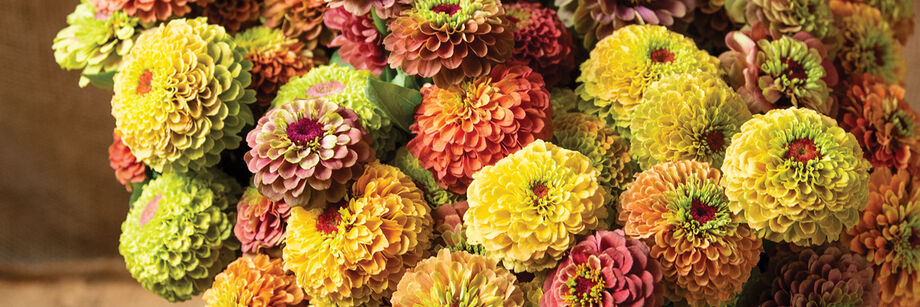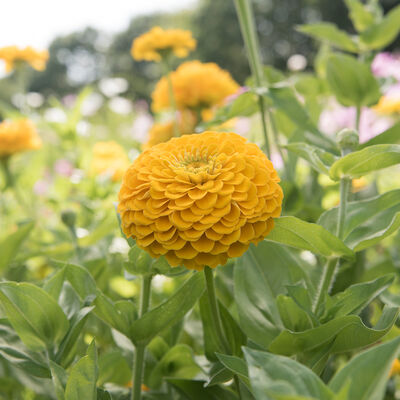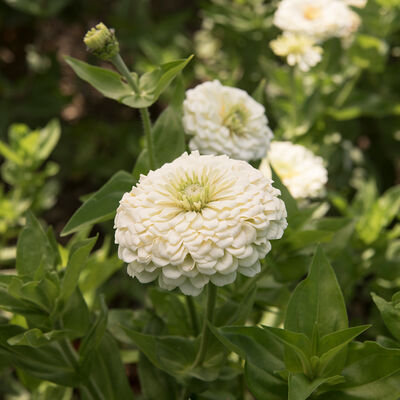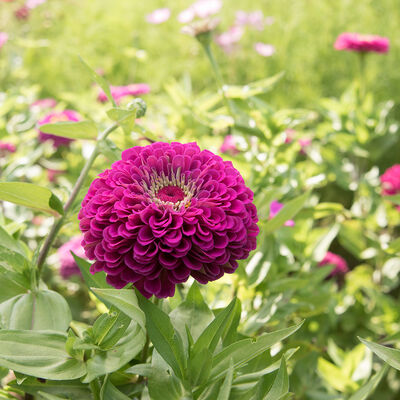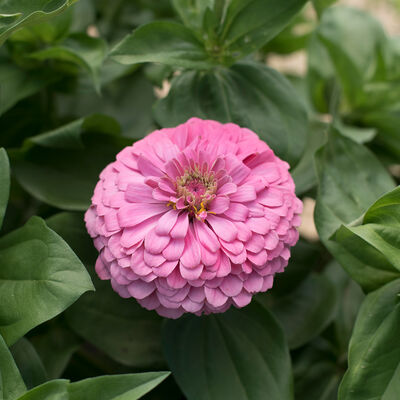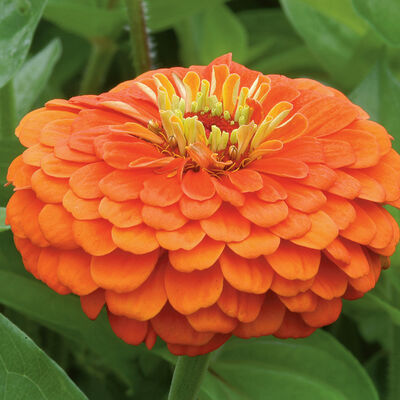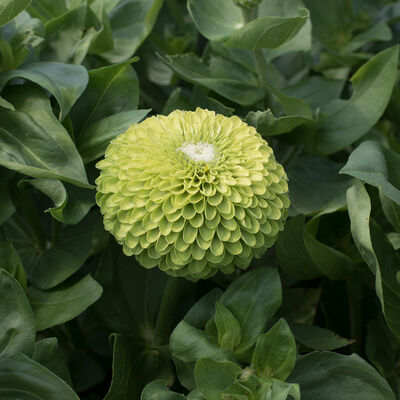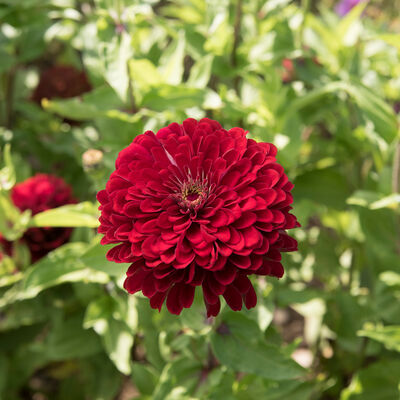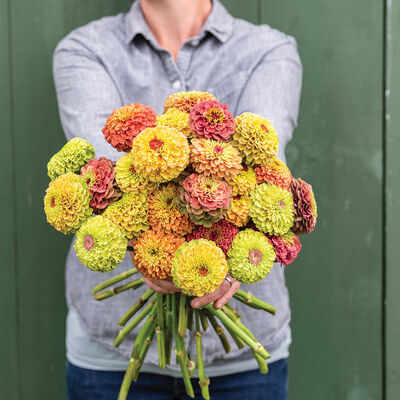Reliable, prolific, and hassle-free with a long vase life, zinnias are excellent for cut flower production. Harvest often for continuous blooms. We are pleased to offer zinnia seeds in a wide range of unique and trending colors, as well as a variety of shapes and sizes to choose from, including giant zinnias with blooms up to 6" in diameter. Our zinnia varieties are carefully selected by our research team for color, sturdy stems, vigor, yield, quality, disease resistance, and long vase life.
50 Products
Sort By:
Sort By:


